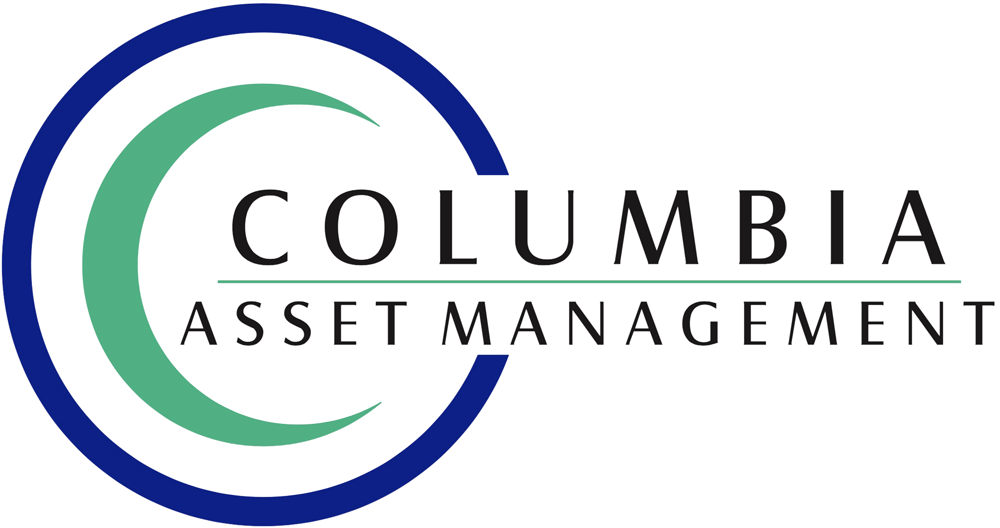
This is Financial Planning?
Northwestern Mutual Insurance Co. recently aired a commercial where a sweaty and tired dad is mowing his backyard lawn on a hot day while his surly teen daughter yells that she’s going to a friend’s house, presumably where things are better and cooler. After dad stares off into the distance, he gets an idea! The next scene shows dad jumping into his new back yard pool while his daughter and her friends laugh and have fun. A woman’s voiceover then states: ‘this is our form of financial planning’.
The idea that building a pool – long considered the lowest return on investment for home improvements – is a focus of financial planning seems odd at best.
Of course, Northwestern is thinking people will be drawn to their form of financial planning because it’s fun, while typical financial planning can seem dry and restrictive. Similar to a doctor encouraging you to eat lots of sweets and salty snacks, it may sound fun to focus on a pool for financial planning, but it’s not a good idea.
Having helped clients with financial planning for a quarter century, I know it’s an important and serious process. I do agree that the results of a well-executed financial plan should be certain rewards such as nice trips or improvements to the house…perhaps even a pool (if you weigh the pros and cons and still are excited). However, the pool or other rewards are the result of good financial planning and not the beginning.
Results: From a Process
In the age of computers, results get easier and easier to measure and analyze. What shouldn’t get caught up in this push for data is the process for getting results and not just the results themselves.
Recall that Wells Fargo, as only one of many, many examples of bad management in the news, got caught in scandals as a byproduct of focusing on good results and not thinking about the process.
Wanting to show strong results, Wells’ upper management pushed for growth of new accounts at branches, ending in scandal as desperate employees made up fake new accounts to show (fraudulent) strong growth.
The result has been very different than Wells hoped for; instead of growth, they’ve seen many customers leave and the Wells Fargo name sullied as these issues became front page news. Neiman Marcus, the famed retailer, once stated, “A bad deal for our customers is a bad deal for us.” Wells clearly didn’t live up to that credo and has rightfully paid the price.
Investing should have a similar ‘process’ approach – your goals should be the primary focus of your investing and your process should reflect that. Most everyone’s financial goals go well beyond staying with or beating market averages, yet those scoreboard results are often the focus of investors’ attention, which can distract from their primary goals and the correct process of investing.
Often the goal of individual investors is to be financially comfortable and perhaps have reliable retirement income from their investments. The performance of the S&P 500 doesn’t directly reflect those goals. If it did, when the S&P 500 fell 37% in 2008 and your investments fell, say, 33%, you should have been very pleased that you beat the S&P 500. However, I don’t think happy would’ve been your primary feeling.
I’ve found that if you keep your focus on the process of good investing: being patient, taking advantage of opportunities, looking long term and matching your investments to your circumstances and goals, you will, as a result, have a good chance of beating whatever index best reflects your portfolio over the long term. Conversely, if your first goal is to beat an index, you may well exhibit investments characteristics that will trip you up: taking too much risk, looking at your investments daily and becoming myopic and impatient.
Are Retail Stocks Dead? Nope!
Rumors of retail’s demise are greatly exaggerated. Retail is having a very good run in the market so far in 2018. Our retail holdings (Nike, Lululemon, and Costco) are up 10-25% just this past quarter.
Yes, retail is being threatened by Amazon and the convenience of the internet. However, the companies that can create their own internet presence and/or can make the shopping-in-person experience rewarding and convenient will still do well. Further, if you have proprietary, desirable products, your company still controls its profit margin no matter where they’re sold.
The retail companies that are truly in danger are those that sell the same things as many other stores (brick and mortar or cyber-based) and have to compete only on price. I’ve tried to invest in companies that are both financially strong and have a unique presence in their market, for they have greater control of their future.
Demographic Challenges
Politically, immigration is a very hotbutton issue of late. However, from an economic perspective, as the Wall Street Journal recently mentioned (in an editorial no less), there is no argument: immigration is good and even necessary for U.S. continued economic growth.
As baby boomers retire, the United States will need younger generations to fill the vacant jobs (at all levels), create demand for goods and services, and pay the ongoing social security and Medicare costs. Who will do this? Unless our nation’s birthrate suddenly goes way up immediately, we’ll need immigrants, as it’s been for decades and now centuries.
Common Sense Tax Increases
Social Security and Medicare taxes haven’t gone up in decades (though the non-exemption income limit has notched up for social security). Of course, it’s not necessarily a bad thing to keep these taxes in check, but the costs of these programs have gone up dramatically and will continue to go up. There are clear reasons for these increases that any reasonable person could foresee decades ago, much less now: life expectancies have gone up and the ratio of retirees to workers has increased as baby boomers have started to move into their retirement years.
To balance revenue with costs, we’ll need to either increase revenue (i.e.: taxes) or decrease payouts (i.e.: increase retirement age, reduce benefits) or both.
Infrastructure Tax
Most agree, including politicians, that America needs better infrastructure, including bridges and roads. Why don’t things get done? A primary problem is the same reason some investors get tripped up: a focus on short term numbers and goals, while infrastructure is a long term issue.
Curiously, the federal gas tax to maintain roads is just over 18 cents a gallon and hasn’t been increased since 1993. Why wouldn’t there be a plan to increase this tax at least 1 penny a gallon per year? Few, if any, taxpayers would even notice the one penny difference (the best kind of tax, assuming you need some kinds of taxes).
BrianWeisman, CFA, CPA, CFP, CMA
(734)665-1454
brian@columbiaasset.com

 Say Hello to Sarah
Say Hello to Sarah